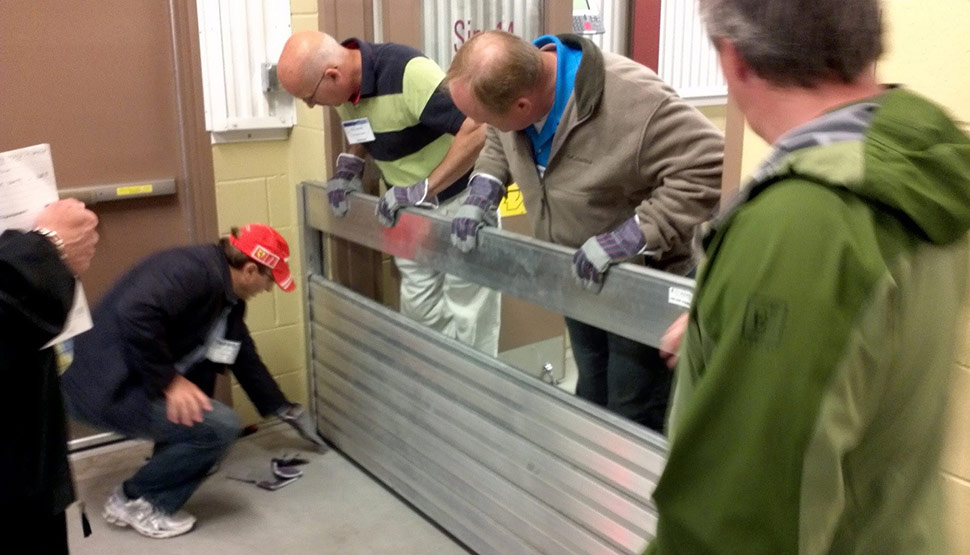9 steps to prepare for windstorm and flood
What cfos need to know to remain resilient during a wet and windy season

Resilient companies recognize that loss is inevitable and prepare for it. FM urges CFOs and risk managers to take these steps now to stay ahead of the storm.
1. Know your specific risk:
- Has your site experienced wind damage in the past?
- Is your site prone to severe wind events?
- Are you in a potential flood zone?

If you are exposed to wind and flood, other questions, such as flood depth and wind speed, may arise. If you cannot answer these questions, consider whether a risk assessment may be in order.
2. Know your insurance coverage limitations:
- Review your policy as it applies to your risk assessment.
- Engage in pre-loss discussions with key stakeholders.
- Understand the insurance claims process.
After every natural disaster, there are businesses that suffer massive losses and are surprised to learn they have limited or no coverage.
3. Choose new locations out of harm's way and design to minimize risk:
- Select new locations where exposure to natural hazards is minimized.
- Avoid building in flood zones.
- If you must build in a flood zone, elevate buildings and support services above flood elevations.
- If the site is in a wind area, design structures to withstand the maximum wind speeds possible in your area.
4. For existing sites, fight flood using:
- FM Approved opening barriers for buildings with water-resistant walls. Also, seal wall and floor penetrations where water may seep in.
- FM Approved temporary perimeter barriers to surround structures that are not water-resistant.
- Until the above can be installed, sandbags are an option to protect vulnerable areas.
- For each of the above, plan for water leakage and use sump pumps and other devices to remove flood water that penetrates the protection.

For recommended products, see the FM Approvals® Approval Guide™.
5. Know what you can't afford to lose and take action to protect those assets:
- Locate critical equipment and valuables accordingly.
- Raise inventory above the expected flood level.
- Raise facilities above the expected flood level.

6. Keep utilities and services operable:
- Keep critical services operable to preserve business continuity.
- Ensure dry and functional electrical, alarm, HVAC, water, telecommunications and back-up generator systems.
- Locate utilities above the expected flood level.
- Elevate equipment to upper floors—where the floors can withstand the weight of such equipment—and isolate and/or barricade them.
7. Develop a secure envelope from wind by securing roofs and protecting windows and doors.
Envelope failure will expose the interior of the building and its contents to water damage.
- Secure roofs by adding additional mechanical fasteners, primarily in the corners and perimeters of roofs, and by providing additional securement of flashing as shown below.
- Anchor or strap to the roof deck all roof-mounted equipment such as HVAC units and exhaust vents. Ensure equipment access panels are properly secured.
- Reinforce windows and doors, as they are vulnerable to windborne debris and broken windows and failed doors are common ways rain enters buildings.
- Reinforce dock doors that can be compromised by excessive wind pressure.
- Use only wind-rated doors or install temporary bracing to doors prior to a storm.

8. Have a comprehensive plan and implement it:
- Outline actions you will take before, during and after a wind or flood event.
- Determine staff availability.
- Develop a business continuity plan.
- Consider supply chain impacts.
- Train, test and practice the plan.
9. Plan for community impact:
There will always be external factors that you need to plan for, including:
- State of emergency restrictions
- Competition for the same limited resources
- Shortages of food, fuel and shelter
- Transportation challenges
- Communication issues
- Lack of utilities
For additional information, download our:
Visit FM’s Hurricane, Typhoon and Cyclone Loss Control Center
